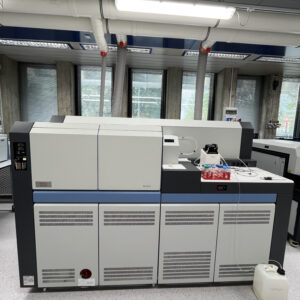
Neptune XT (MC-ICP-MS)
A multi-collector ICP-MS Neptune XT (Thermo Fisher Scientific) is available for micro-analytical analyses. It is equipped to achieve high accuracy and precision in isotopic analysis of non-traditional stable isotopes (e.g., Li, B, Ti) as well as traditional radiogenic systematics (e.g., Sr, Nd, Hf)
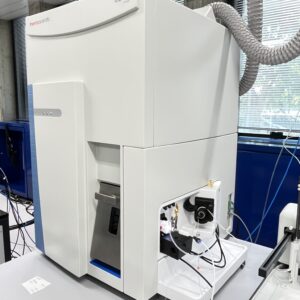
iCAP RQ (ICP-MS)
A single-quadrupole detector ICP-MS iCAP-RQ (Thermo Fisher Scientific) is available for trace element determination at sub-ppb level. It can run coupled with an auto sampler (ASX 500) for analyses of liquid solution or connected with the laser ablation microprobe for high-spatial resolution analyses on solid geomaterials
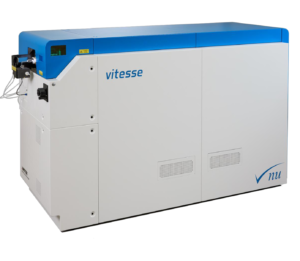
Vitesse (ICP-TOF-MS)
A Vitesse ICP-Time of Flight-MS (Nu Instruments is available for extremely fast elemental and isotope measurements of a diverse range of materials, spanning from geo- to biological samples. It can be either coupled with our laser ablation microprobe for trace element and single cell mapping or work stand alone for nanoparticle measurements.
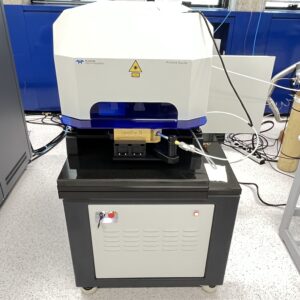
Analyte Excite+ Excimer Laser Ablation system
The laser ablation instrument (Teledyne Photon Machines) can be coupled both with MC-ICP-MS and single quadrupole ICP-MS as sample introduction system. The air-cooled excimer laser has 193nm ultra-short pulse and the analysis spot size is between 1.0 µm and 155 µm. It is equipped with the HelEX II Active 2-volume Ablation Cell for an efficient transport of the ablated particles material and fast wash-out
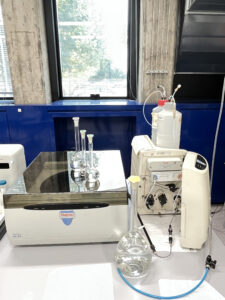
Dionex ICS900
Dionex Ion Chromatographer ICS900, by Thermo Fisher Scientific Inc., connected to a AS-DV autosampler is used for the analysis of cations (IonPac CS12A+CCRS500) and anions (IonPac AS9-HC+MMS300). It can be coupled with the ICP-MS (iCAP RQ) for speciation analyses of As3+-As5+ and Cr3+-Cr6+
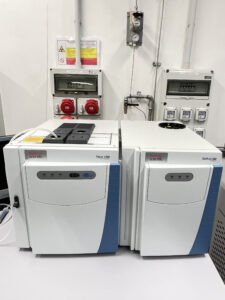
Gas Chromatography
The GC TRACE 1300 (Thermo Fisher Scientific) can be a stand-alone unit or coupled with ICP-MS. Complex mixtures of individual compounds can be injected into the GC through the TriPlus 500 Headspace (Thermo Fisher), and then separated the eluite for presentation to the detector. The detector generates signals that are processed for qualitative identification and quantification of the individual compounds present in the sample.